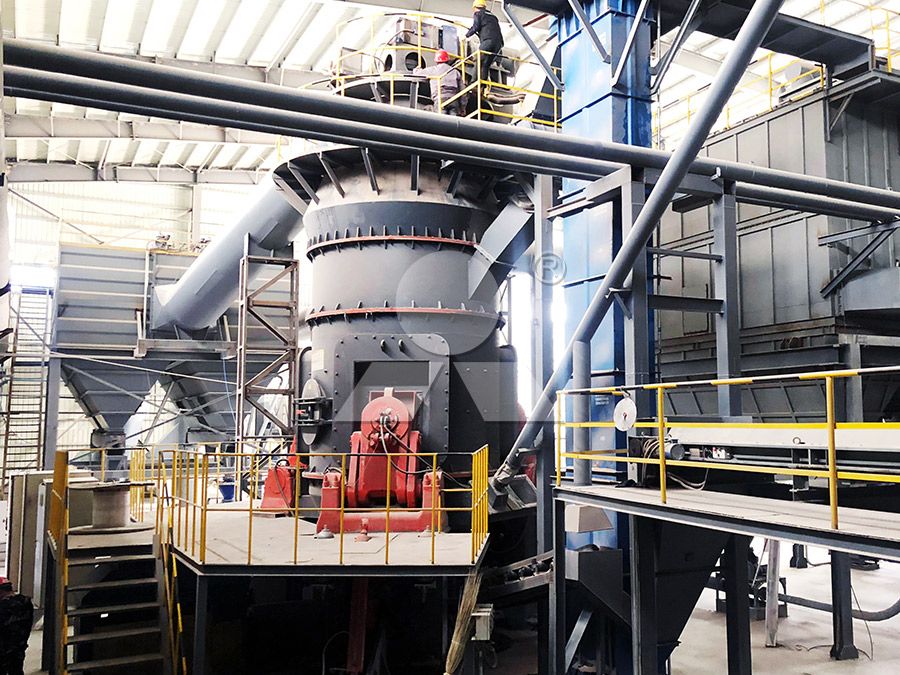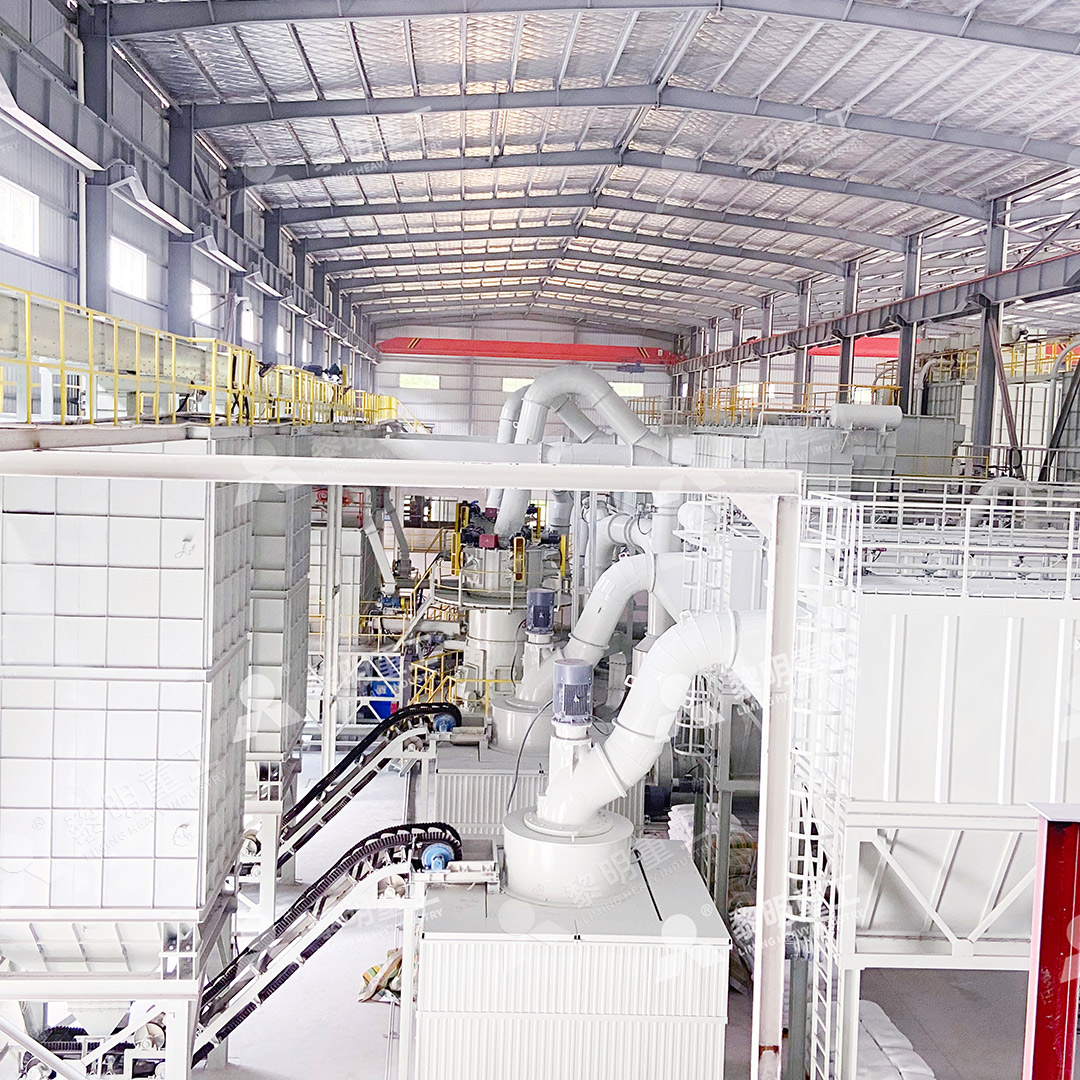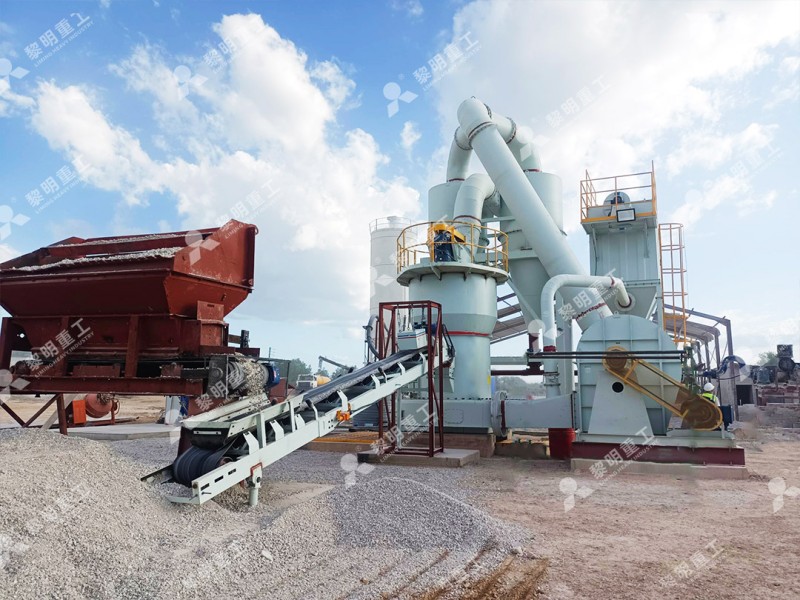Technical Drawings for Steel Slag Micro-Powder Grinding Mill Plant Layout
Technical Drawings for Steel Slag Micro-Powder Grinding Mill Plant Layout
When designing a plant layout for steel slag micro-powder production, the core of the entire operation is the selection and integration of the primary grinding equipment. The abrasive nature of steel slag demands a robust, efficient, and precise milling solution. A well-conceived technical drawing must account for material flow, energy consumption, dust control, and maintenance access, all centered around the performance characteristics of the chosen mill.
Key Considerations in Plant Layout Design
The layout is not merely about placing equipment; it’s about creating a synergistic flow. Key zones include raw material pre-processing (crushing and screening of slag), the main grinding circuit, product classification, finished product collection (silos, packing), and auxiliary systems (dust collection, compressed air, electrical). The grinding mill’s physical footprint, feed and discharge points, and power requirements dictate the spatial planning and structural supports.

Ventilation and dust suppression are paramount. Steel slag grinding can generate significant dust, so the integration of high-efficiency pulse jet baghouse dust collectors is non-negotiable for both environmental compliance and product recovery. The mill itself should be a closed system to minimize fugitive emissions.
Equipment Spotlight: The MW Ultrafine Grinding Mill
For applications requiring ultra-fine powder from abrasive materials like steel slag, our MW Ultrafine Grinding Mill presents a formidable solution. This machine is engineered for customers who need to make ultra-fine powder between 325-2500 meshes. Its design adresses the very challenges posed by steel slag.
A critical feature for hard materials is the absence of rolling bearings and screws in the grinding chamber. This eliminates a primary failure point, freeing operators from worries about bearing seizures or damage from loose fasteners caused by vibration—a common issue with lesser mills. Furthermore, its external lubricating device allows for maintenance without shutdown, supporting continuous 24/7 production crucial for economic viability.

The mill’s cage-type powder selector, incorporating German technology, ensures precise classification even at high fineness levels (achieving d97≤5μm), which is essential for producing a consistent, high-value slag micro-powder. With an input size of 0-20 mm and a capacity range of 0.5-25 tph, it offers flexibility for various plant scales.
Integrating the LUM Ultrafine Vertical Grinding Mill
For projects demanding even higher levels of automation and energy efficiency, the LUM Ultrafine Vertical Grinding Mill is another excellent option from our portfolio. Its unique roller shell and lining plate grinding curve are designed to efficiently form a material layer, enabling a high rate of finished product in a single pass. This translates to higher efficiency and improved product whiteness and cleanliness.
The LUM mill’s double position-limiting technology is a key advantage for stability, preventing destructive impacts between the roller and millstone during unexpected vibration events. Its reversible structure, another standout feature, drastically simplifies maintenance. Heavy grinding rollers can be hydraulically swung out of the mill body, making inspection and replacement of wear parts like the roller shell and liner plate far easier and faster, reducing costly downtime.

Conclusion: A Foundation for Success
The technical drawings for a steel slag micro-powder plant are the blueprint for profitability and operational excellence. The choice of grinding technology is the cornerstone. By selecting a mill like the MW or LUM series, which are built with durability, precision classification, and easy maintenance in mind, engineers can create a layout that ensures a smooth, efficient, and environmentally sound operation for years to come. Always insist on equipment designed with these industrial challenges at its core.
